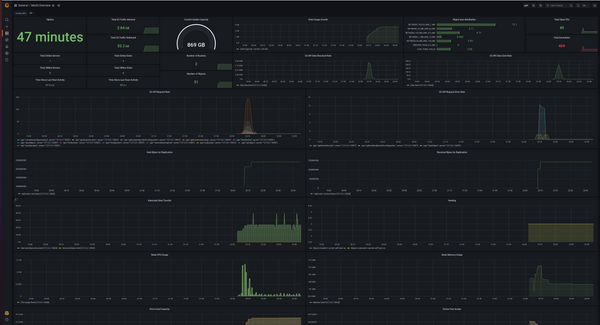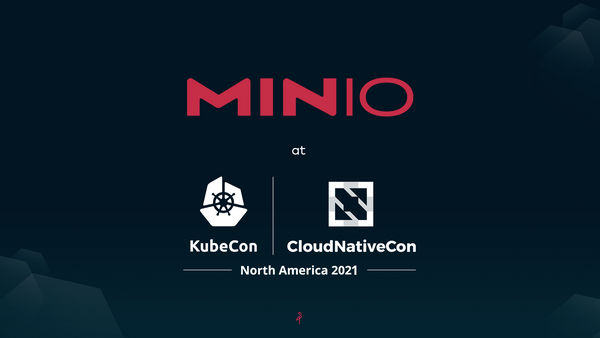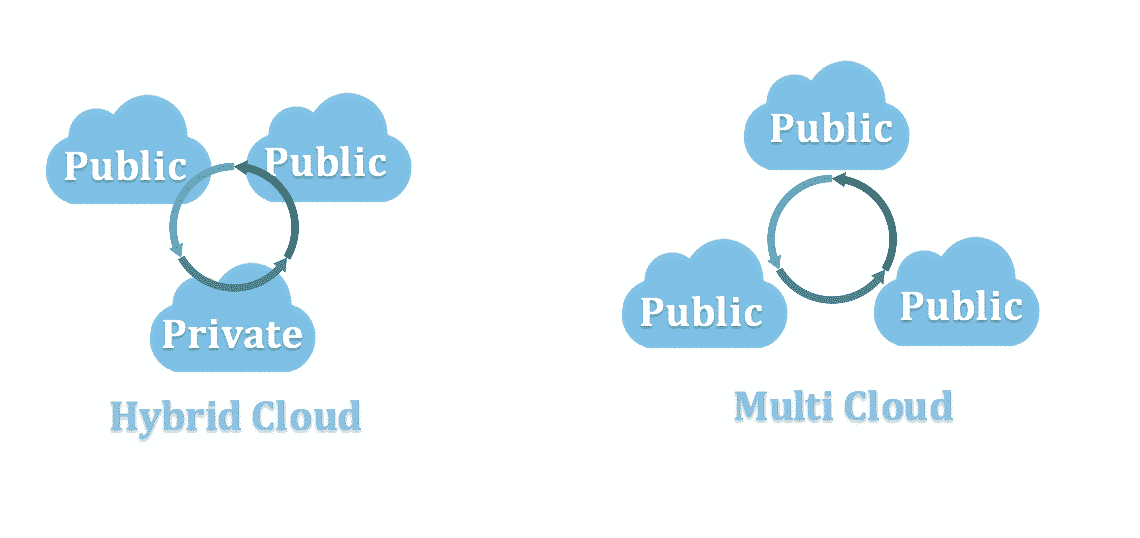Using Cloud Native Object Storage to Support DevOps Best Practices

For every Amazon or Etsy running DevOps at the highest levels of velocity, there are thousands of teams like mine that I will generously call a work in progress. The old adage of a chain only being as strong as its weakest link certainly applies to DevOps. Every DevOps organization has its own strengths and weaknesses. Perhaps your CI/CD
Read more












